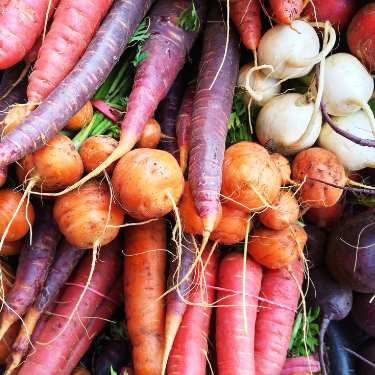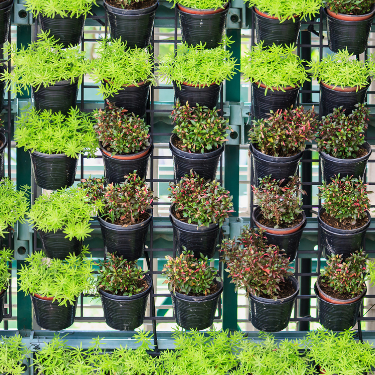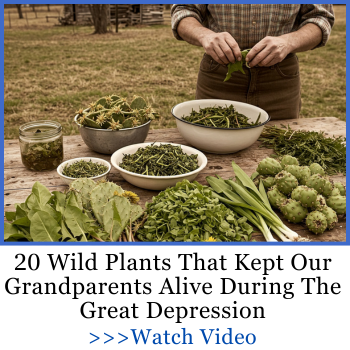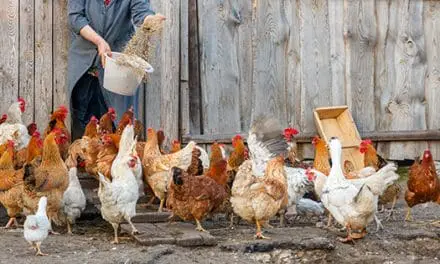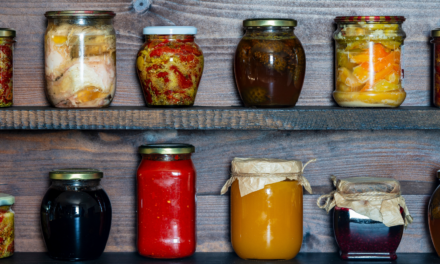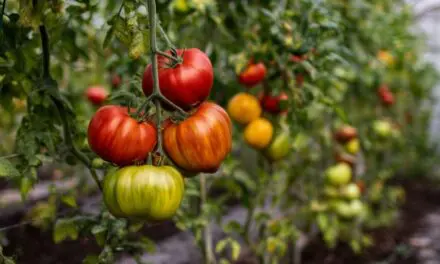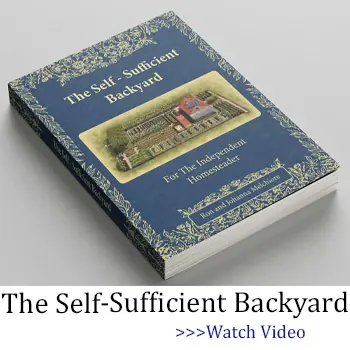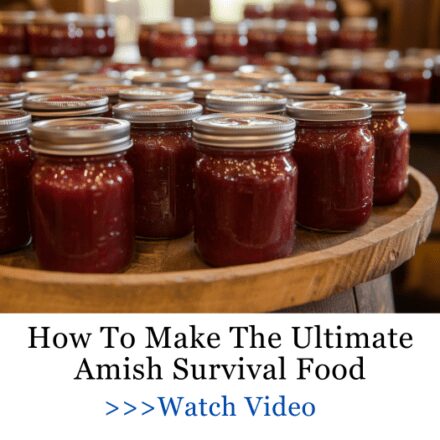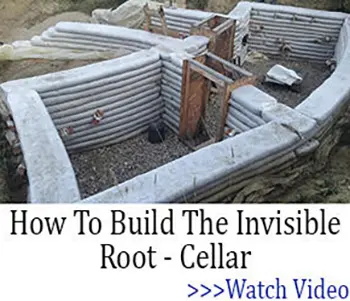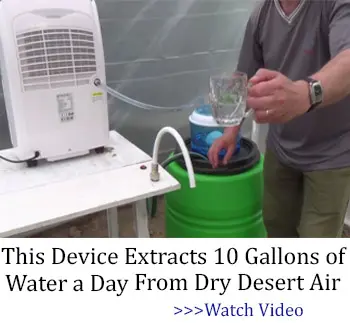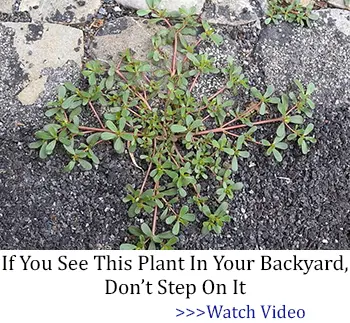If someone told me you could feed yourself for an entire year from a space smaller than your dining table, I’d probably raise an eyebrow too.
But there’s a little-known method, rooted in old survival gardening tricks, that makes it possible to harvest baskets of fresh produce from just four square feet. And it’s not only possible – it’s surprisingly simple once you know the secret.
How Does It Work?
It sounds impossible, but you can continue to grow food for a year in 4 square feet if you understand some basic gardening principles. Here they are and we’ll go into plenty of detail:
- Rich, loamy soil continually topped with compost for maximum fertility and long-term growth. Soil quality is the engine that will keep your small garden growing.
- Succession planting of various vegetables with short-growing seasons and rapid maturity rates. After you harvest a crop, enrich the soil and replant something else.
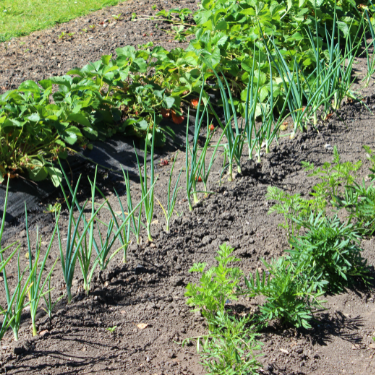
- Companion planting to encourage neighboring plants to support each other. When you’re growing in the space of 16 square feet, you want every inch to count. You can use these simple Amish companion planting techniques to boost your harvest and get twice as much food from the same small space, without any extra work. Read all about them right here.
- Vertical gardening using trellises, cages and stakes to grow plants up like pole beans and vining plants. Vertical gardening may be one of the most critical success factors for small-space gardening.
- Regular watering especially with soaker hoses that keep the soil moist or when connected to a rainwater collection system for long-term moisture. At a minimum, water your small garden daily especially in hot weather. You can learn how to create your own pressurized rainwater collecting system using nothing but some blue barrels from this guide.
- Disciplined pruning to manage leaf growth and encourage fruiting. A good example is tomatoes. They love to produce stems and leaves but trimming those bottom leaves to a stalk leaving a cluster of leaves and blossoms at the top will give you a good yield with less space.

- Regular harvesting to gather the harvest and then clear the ground for the next succession. It doesn’t make a lot of sense to wait a month for that last squash to mature. When they’re done, they’re done and replant.
- Planting for high yield with varieties that produce prodigiously in a small space. It doesn’t make a lot of sense to plant a watermelon with enormous leaves and vines that dominate the space to get one or two watermelons months later. Focus instead on compact, nutrient-packed crops, like these 10 life-saving foods that grow without soil and sunlight, that give you more food and nutrition in less space.
- Replant with sprouted plants. Seeds take time to germinate. Sprout and grow or buy your new vegetables in pots for planting, especially in late summer. In fact, garden centers often offer big discounts on sprouted plants in pots late in the summer because everyone assumes it’s too late to plant.
What About Winter?
Frosts and freezing temperatures can knock out a garden overnight. A solution is a cold frame. It’s a sheet of glass or plexiglass on a frame over the garden to create a mini-greenhouse environment. It’s always best with a southern exposure but a cold frame can allow you to grow into and through winter.
You can also use these DIY raised beds with hoop houses to keep your plants safe and growing strong. Raised beds help your plants get better soil and drain water well. Hoop houses are easy frames covered with plastic that keep the cold out and warmth in, and they also protect your plants from pests. Together, they help you grow fresh veggies longer, even when it’s cold outside, no matter how small your space is. All you need to build them are some simple materials you most likely already have and the instructions from this guide.
An important consideration is the types of vegetables you plant for the winter months. Plant them in late fall and they’ll have a good chance of getting through winter. They include:
- Broccoli
 Cauliflower
Cauliflower- Brussels Sprouts
- Kale
- Cabbage (all varieties)
- Carrots
- Turnips
- Onions
- Spinach
- Mustard Greens
But when fresh food is scarce, your health can suffer, unless you have some natural remedies ready to go. The Forgotten Home Apothecary offers a treasure trove of simple, powerful herbal remedies that keep you and your family strong and healthy, no matter the season. From Amish Ibuprofen to soothe aches and pains, to Restorative Liver Tea made from simple backyard plants like dandelion, these remedies help you stay healthy even when fresh produce is limited. Having these recipes on hand means you’re prepared to handle whatever the season throws at you.
Forget About Planting in Rows
Traditional gardens often present long, neat rows of vegetables. Carrots grow in a long line paralleled by beets next to a long row of lettuce. It looks great and it works, but it’s a waste of space in a small-space garden.
How Vegetables Work
To put it simply, they either grow blossoms that are fertilized by pollinators like bees; grow stalks or clusters like broccoli or cauliflower or grow roots like carrots and beets.
It’s the pollinated plants that have blossoms that have a limited time. They’re spring and summer vegetables. Once they blossom and bear fruit – they’re done. Put them in your 4-square foot garden but once they’re done, pull them out.
Stalk vegetables like Brussels Sprouts, broccoli and cauliflower are a bit more resilient and can continue beyond summer into fall and winter. Leafy greens like kale and even spinach can make it through the cold. Harvest as you go and when they look like they’re done – pull them out.
Root vegetables are the tough guys like carrots, beets, radishes, turnips and rutabagas. They just keep growing in the soil but if you wait too long to harvest, they can be both large and fibrous.
It’s Called Cluster Gardening
It sounds messy and disorganized, but it works if you know what to plant. Those big leafy cucumbers and squash are providing shade for shade-loving vegetables like cabbage and broccoli.
Those tomatoes that seem to grow everywhere are easily trimmed to just enough leaves to feed the plant and produce the tomatoes.
And deep below are root vegetables like carrots and beets that seem to survive in the overhanging shade and between the leaves. Once you tear out the squash and tomato plants after maturity, those root vegetables will take you into winter with a great head start.
But here again, the key is soil quality and water, water, water. Just add compost, compost, and more compost as your small-space garden grows.
Grow Up
This is all about vertical gardening. It’s the use of stakes, tomato cages, and trellises to allow vegetables like pole beans, squash, cucumbers and other vining vegetable to grow up onto supports. As long as the soil that’s feeding the roots is healthy and well composted and well-watered, they will grow prolifically. It’s one of the key tricks to success in small-space gardening.
I also like adding a few medicinal herbs from this kit I found. They grow right alongside your veggies and give you natural remedies on hand whenever you need them. It contains non-GMO seeds like echinacea for colds, calendula for skin and wounds, and chamomile for better sleep, so I always have fresh remedies right in my garden.
Think Across the Seasons
Those cold tolerant vegetables point to a critical success factor for a small-space, all-season garden. That all gets down to plant or vegetable choice. Unless you have a greenhouse, you’ll never have tomatoes in February, and it doesn’t make sense to plant nothing but Brussels Sprouts in spring. Here’s a chart that gives you a guideline for what to plant in your 4-square foot garden, when to harvest and what and when to succession plant.
| VEGETABLE | WHEN TO PLANT | WHEN TO HARVEST | SUCCESSION PLANTING | NOTES |
| Radishes | All year round if you want. | Every 30 days | Succession plant as needed | One of the fastest growing vegetables |
| Beets | Spring and summer | 60 t0 75 days to maturity | Succession plant in fall | Will survive winter for harvest in spring |
| Turnips | Spring and summer | 75 to 90 days maturity | Succession plant in fall | Another winter survivor |
| Carrots | Spring and fall | 75 to 90 days maturity | A year-round survivor | Plant them everywhere |
| Lettuce | Spring, summer and fall | 30 to 60 days to maturity | Just keep planting it | Doesn’t tolerate freezing temps |
| Tomatoes | Spring | Late summer | Compost the vines | One crop and you’re done |
| Cucumbers | Spring | All summer | Compost the vines | One crop |
| Squash | Spring | All summer | Compost vines | One crop |
| Peppers | Spring, summer | Spring through fall | Compost vines | Possible two crops |
| Broccoli | Spring through fall | Year round | Replant in spring | Replant in spring |
| Cauliflower | Spring through fall | Year round | Replant in spring and fall | Replant after harvest |
| Brussels Sprouts | Spring | Summer through early winter | Replant in spring | Harvest through winter |
| Kale | Spring | Year round | Replant as needed | Harvest into early winter |
| Spinach | Spring | 3- month harvest | Succumbs to freezing | Replant in Spring |
| Fennel | Spring | Harvest fronds year round | Root survives winter | Harvest root or replant |
| Celery | Spring | Harvest in fall | Replant in spring | Does not survive winter |
| Pole Beans | Spring | Harvest throughout summer | Compost in fall | Harvest beans and replant in spring |
| Peas | Spring | Harvest throughout summer | Compost in fall | Harvest beans and replant in spring |
Let it Grow
Your 4-square foot garden will at times look like a compact jungle. Let it grow. Search through the wide leaves and prune from time to time and often you’ll find hidden treasures. Eventually, when the big vines are cut away you can get down to the root vegetables and they will surprise you. Just remember to succession plant as you harvest and keep on adding new compost and watering. You’ll be amazed how much you can grow in a small space if you keep an eye on things and keep everything growing.
This DIY Garden Setup Can Feed Your Family All Year
How To Make A Scalable Self-Sustaining Greenhouse (Video)
Vertical Garden: 26 Plants To Grow Your Own

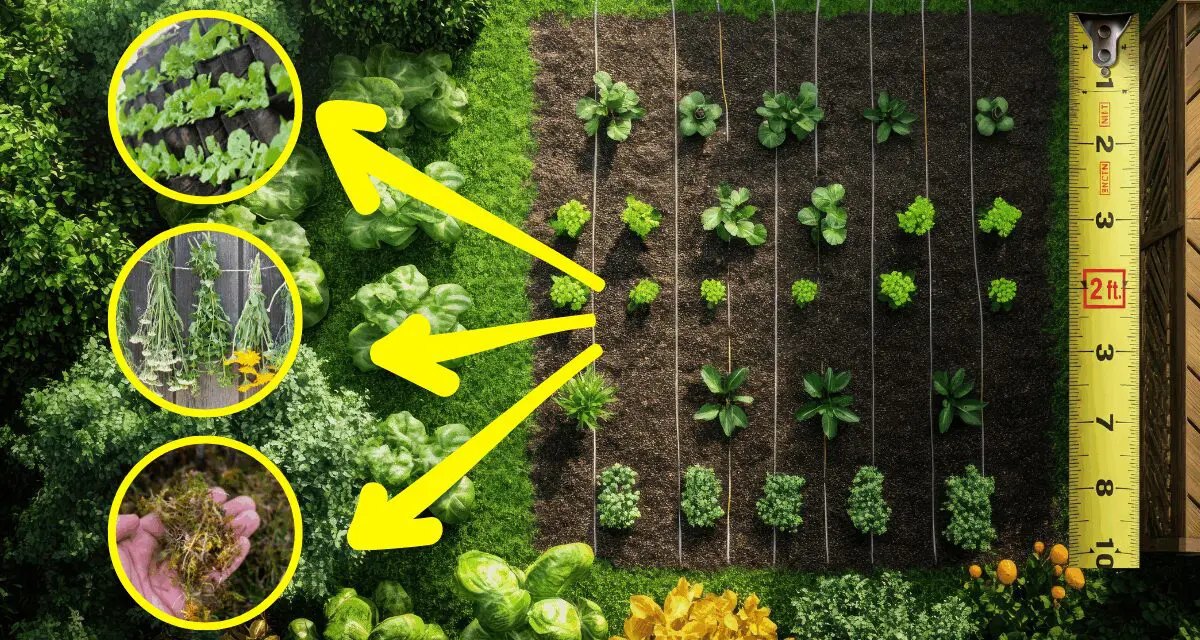
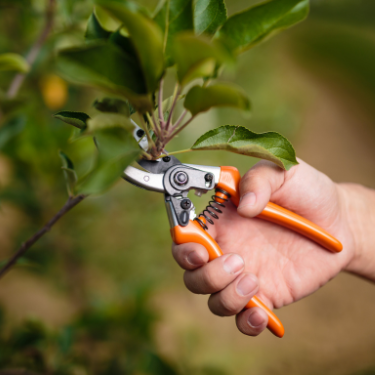
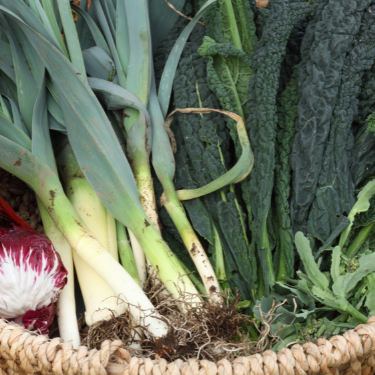 Cauliflower
Cauliflower